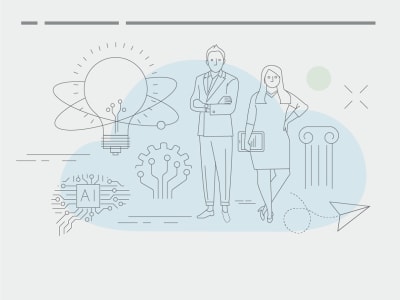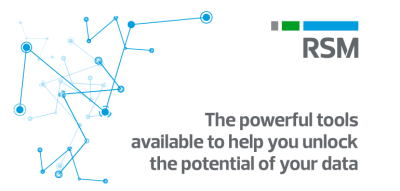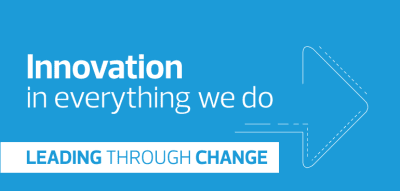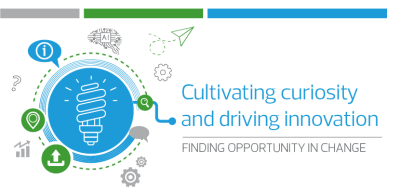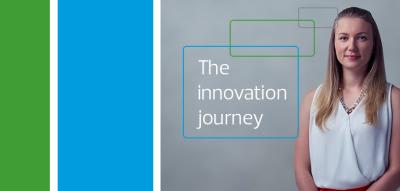Over the last twelve months, every nation across the world has been forced to navigate treacherous waters in a bid to tackle the spread of Covid-19. Middle market businesses were suddenly faced with multiple, and at times, contradictory challenges threatening their survival. While rapidly adjusting to the sudden transition to remote working, these businesses also had to contend with major disruptions to demand for their products and services and to their supply chains.
As infections continue to climb and lockdowns and curfews become more common, the middle market has remained in a precarious state of limbo. However, many have continued to gather momentum, developing their businesses to adapt to their ‘new normal’. They have embraced new forms of technology and proactively innovated processes and procedures, all to survive the severe economic and social conditions. But recent developments in vaccines and early signs of economic recovery have provided us with a glimpse of a post-Covid world in 2021. In an article published by The World Bank it is predicted that the US GDP is expected to expand 3.5% in 2021 and the Euro area by 3.6%. Now, more than ever, is the time for the middle market to start harnessing their entrepreneurial spirit, begin to take calculated risks and drive forward growth and innovation across their businesses. Whilst the events of the global pandemic have put strain on businesses, and in some cases forced them to close, there is opportunity emerging that requires courage to capitalise on. The future of the global economy depends on businesses recognising these emergent trends and seizing the opportunity.
New and emerging trends.
As businesses have been forced to adapt quickly, 2020 has seen some transform their digital infrastructure, whilst others have managed to adjust without investing in technology. Many organisations are now realising the importance of investing in modifying their infrastructure to support the major changes in business operations. This will naturally take time but the wholesale shift in the business landscape is a huge opportunity for making these investments that support a reimagined business. Companies that have already reacted to this change are seeing the benefits in their new digital workplaces.
This has enabled employees to work remotely, continue to serve their clients and above all secure digital environment that promotes collaboration, regardless of location. For some, this was an untapped resource already in existence, for others it has meant creating completely new platforms.
This rapid adaptation established four new trends:
- Accelerated demand for cloud-based solutions;
- Rapid increase in cyber risk;
- Diversification of product offerings; and
- Rapid proliferation of data.
1. The growing demand for cloud-based solutions.
Being able to access the necessary resources from anywhere on a safe secure platform has meant many have become more agile and able to seamlessly pivot their operations. Workspaces are expected to become a hybrid of remote and centralised operations, with the value of being able to seamlessly access materials and the ability to collaborate regardless of location is crucial to the continuation of ‘business as usual’.
2. The rapid increase in cyber risk.
The transition to digital workspaces and reliance on remote working has meant that more of our valuable data is online than ever before, requiring robust cyber defences to become a vital component of any business. Of particular note is a recent report from Cybersecurity Ventures, who have predicted that in 2021 alone, cybercrime is expected to inflict US$6 trillion worth of damages across the world.
3. The diversification of product offerings in response to lockdowns.
The pressure to create new business models has seen some businesses buckle under the strain, whilst others have successfully adapted to survive. Whether initiated by a shift in client demands or an inability to import key components, businesses have looked for ways to benefit from these new gaps in the market. It has forced middle market businesses to look beyond their usual revenue streams and provide services or products that tap into emerging customer needs, be it PPE production, e-commerce, or delivery services. Many spirit distilleries, including Silent Pool, have responded to diminishing revenues by pushing production of hand sanitiser gels. The ignition of the digital revolution has also paved the way for businesses like HelloFresh to quickly expand their market share in the online grocery market.
4. The rapid proliferation of data.
The past 12 months has accelerated our reliance on digital services, from shopping online to streaming movies, every move consumers make online leaves a trail of data. The same is true for B2B organisations with rapid order fulfilment being made possible through e-commerce avenues. More than ever before, this data is providing businesses with a window into their clients’ habits, cashflow, supply chains, inventories, and workforces. This trend has exacerbated the competitive advantage of businesses, such as Google, Amazon, and Facebook, which know how to reliably collect and monetise the data they collect.
“The businesses which redirect their creative energy from survival to growth will be the winners of the economic recovery.”
Growth and comfort do not co-exist.
Last year saw a flourishing of innovation worldwide. Innovation driven by necessity. Yet whilst responding to cybersecurity, digitalisation, diversification, and the proliferation of data will continue to drive business performance in 2021, new trends are already emerging which offer fresh opportunities in the year ahead. The businesses which redirect their creative energy from survival to growth will be the winners of the economic recovery.
Global markets will continue to be somewhat unpredictable. An uneven rate of vaccination will see economies open at different rates. The new policies that will emerge because of Joe Biden’s U.S. presidency over the next year will inevitably alter the global business landscape, from cross-border relations to global taxation initiatives.
In the opinion of Joe Brusuelas, Chief Economist of RSM US, “By mid-2021 we should have the right team in place that will begin to unlock trillions of dollars in impeded economic activity all over the globe. And what you're likely to see in late 2021 and into 2022 is the best growth environment that we've seen in the global economy since the late 1980s and early 1990s.”
This turmoil in the global economy presents risks and opportunities, particularly to businesses with complex supply chains. One such example is the automotive industry, which has a famously complex supply chain, which includes at least four links that each rely on the last. Many manufacturers have seized this opportunity to fast-track the move towards electric vehicles.
This year is also set to see sustainability re-emerge as a key issue for governments, businesses, and society at large. In the second quarter of 2020, 53% of consumers felt that the global environment would improve over the next six months. This was largely true due to factories closing, less cars being on roads and a generally lower human impact. While businesses are still adjusting operating procedures and digitalising their offers, they should think carefully about how they can integrate sustainability into their company. It is undoubtedly a growing global concern and one that is going to become an assumed part of every business offer, rather than a differentiator.
Another trend we expect to emerge in 2021 is the rise of the ‘digital nomad’. As many people have spent almost a year working entirely from home, the freedom remote working has provided will not be forgotten. While face-to-face interactions remain an integral part of collaboration and relationship-building, we can expect to see office spaces become digitally hybridised and a space for more sensitive or confidential discussions. As a result, the middle market will continue to adapt their offering to provide their workforces with an integrated system that enables them to work from anywhere. The future of working looks to be diverse in terms of where people can choose to live and thus be hired from. No longer is it important for individuals to live near their employers, rather that they simply have a good internet connection and live in a harmonious time zone.
Reimagining a future beyond COVID-19.
Although the immediate challenges created by the pandemic may ease by the end of 2021, this does not mean that businesses should not continue to question, reimagine, and innovate beyond COVID-19. A period of consolidation is necessary but thinking about how that consolidation can be a platform for future change is key. One of the biggest takeaways from the past year is the need for the middle market to be agile and forward thinking. Of course, there will be successes as well as failures along the way, as is always the case when it comes to disrupting the status quo, but it is only by reflecting on lessons learnt that businesses can take a confident step in the right direction and continue to thrive in the years to come.


